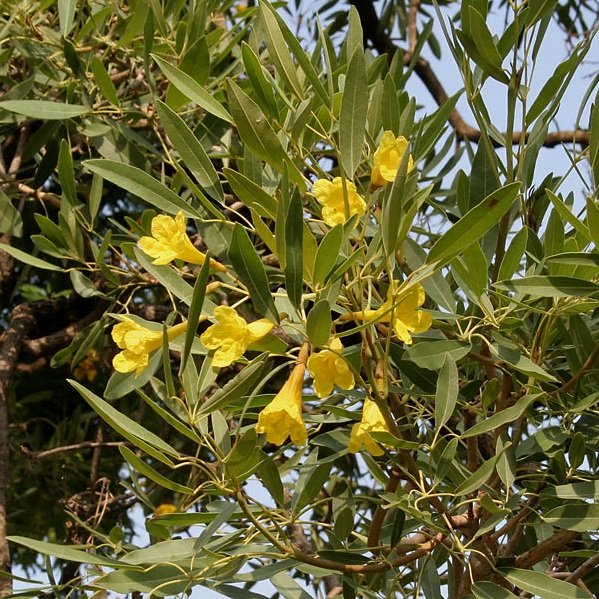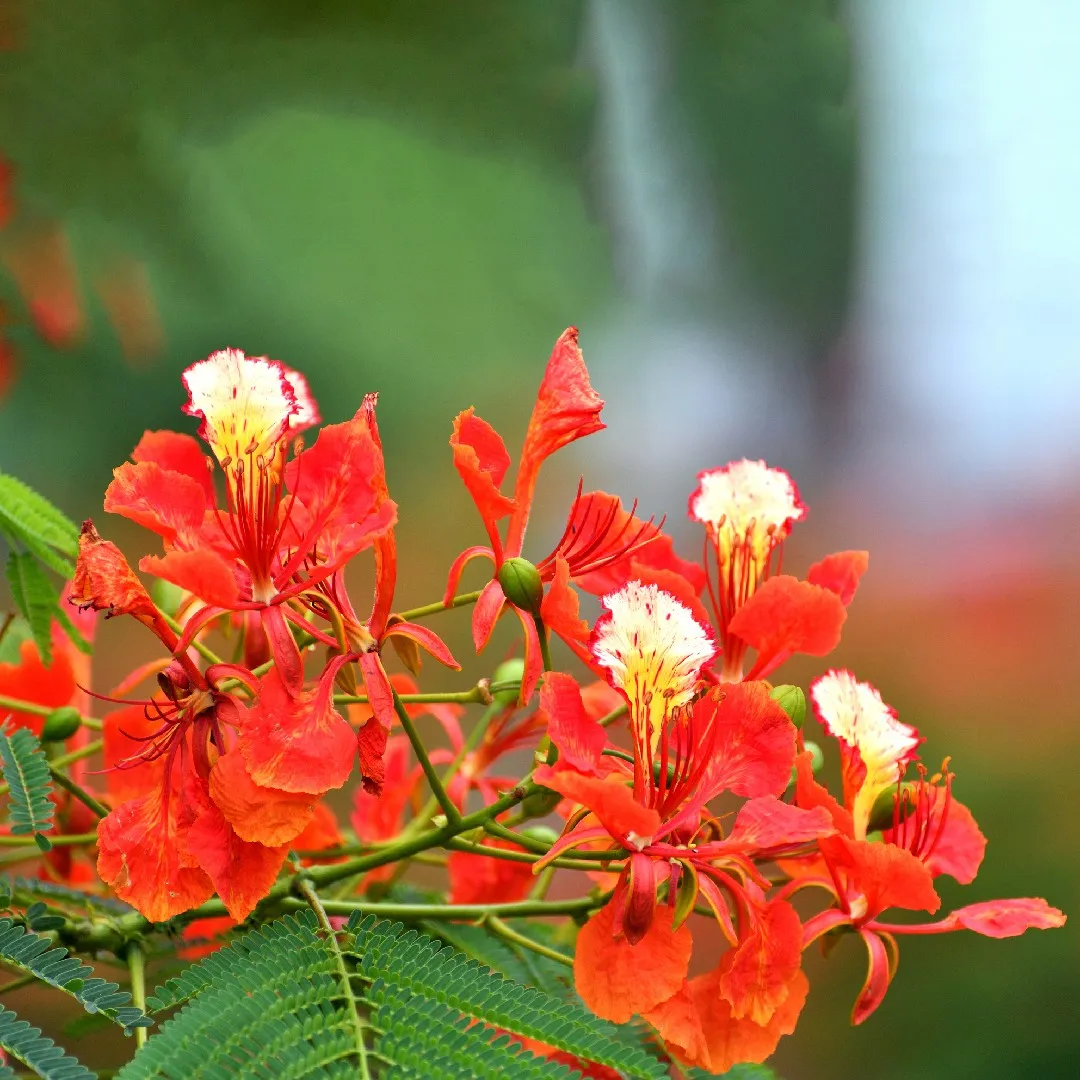No products in the cart.
| Scientific name | Ficus carica |
| Common name | Fig |
| Temperature | 25-35 °C |
| Humidity | 40-50% |
| Light | Direct sunlight,tree can tolerate partial shade, but full shade and indirect sunlight are terrible for these fruit trees. |
| Watering | Water everyday & keep moist |
| Pests | Beetle, fig scale, spider mite, vinegar flies and nematodes. |
| Pet friendliness | Toxic to pets |
| Maximum plant height | 2m |
| Potting mix | Potting soil/red soil/manure/perlite |
| Pot requirement | Good drainage & repot every 1-2 years |
| Nutrition | Apply manure for first 15 days and npk for next 15 days |
| Pruning & training | Remove dead & diseased leaves with sterile shears |
| Common color & season | Greenish |
| Description | The common fig, or teen in Arabic, is a small, deciduous tree, native to the Mediterranean and often seen in gulf regions growing on farms, in gardens and as escapees from cultivation. A fairly fast growing tree, heavy trunk with smooth, silvery bark and spreading branches. The leaves are large and rough textured with three to five lobes. Depending on the variety, of which there are many, the sweet, pear-shaped, edible fruits can be yellow, green, purple or black in color when ripe. Plants require protection from the wind, full sun to partial shade, and will endure long dry periods, but for fruiting and general appearance, deep watering every month during the summer, with less water in winter, is necessary. They grow well in poor soils, but need good drainage and are not very tolerant of salty or alkaline soils. Generally frost tolerant, a tree will often lose its leaves in winter. However, a hard freeze can result in dieback of the branches. Propagation is by cuttings, air layering and root suckering. Apart from its use as a cultivated fruit tree, f. Carica is a tree with bold foliage and an irregular trunk, which also has ornamental value for a garden. It makes a good background plant or screen in a park and is attractive in its leafless state, because of the picturesque character of its branches. It is also suitable for training on a wall and for planting in containers. Pruning is required to maintain the canopy and improve fruit production. |
Additional information
| Choose Height | 1.0m – 1.5m, 1.8m-2m, 2M-2.5M, 40-60cm, 80cm-100cm |
|---|



































Reviews
There are no reviews yet.